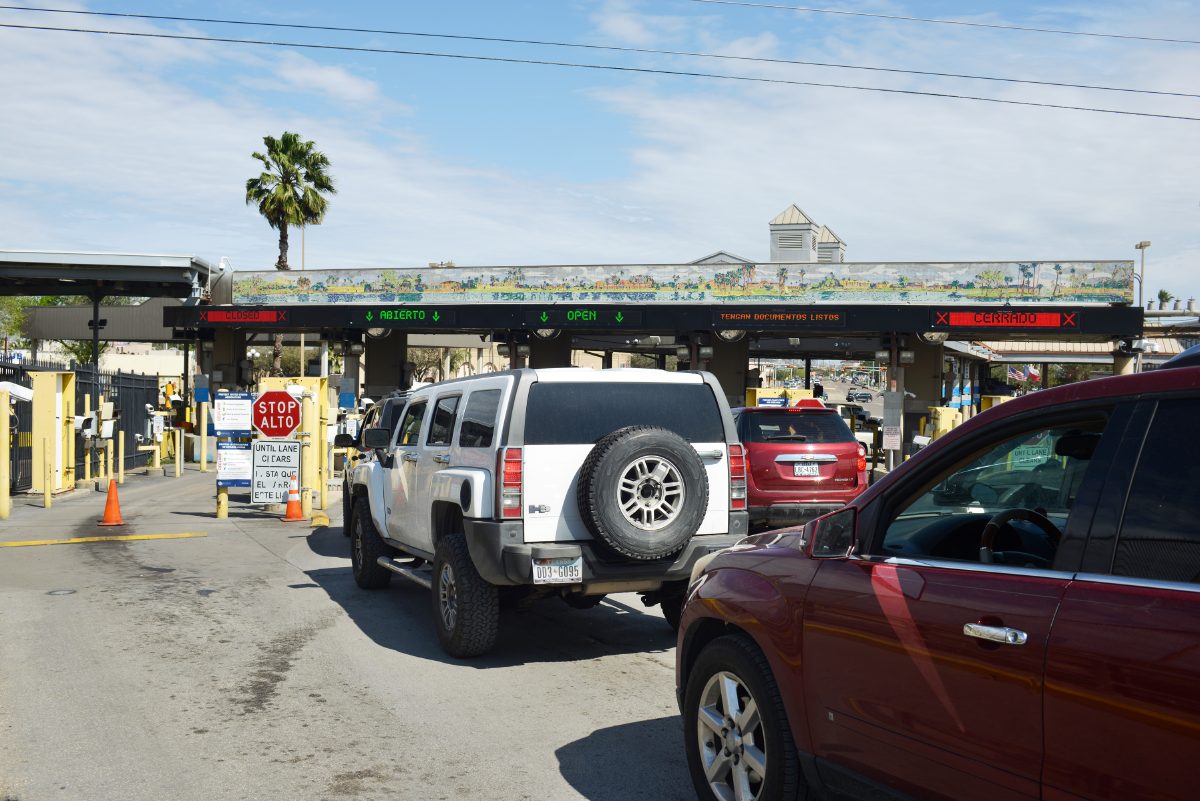Long wait lines at two international bridges in Brownsville are continuing this week as U.S. Customs and Border Protection shifts resources in response to caravans of Central Americans arriving on the southwest border.
CBP Spokesman Elias Rodriguez said in a statement last week that Brownsville ports of entry have been experiencing heavier-than-normal traffic because of a recent holiday in Mexico and the weekend. That, coupled with temporary fluctuations in staffing, has contributed to longer wait times at border crossings.
Over the past few days, Brownsville Herald readers reported long wait times to the newspaper. In a social media post, some readers shared their experiences crossing on Saturday.
“I went on Saturday and was in line almost 4 hours! The last time it took that long to cross I was a little girl,” Natty Sanchez said.
Tifanny Lynn Capistran shared a similar experience.
“On Saturday we made line at 4:30 p.m. and met with customs at 8 p.m. … that’s 3 and 1/2 hours … the most I have waited in my entire life,” Capistran said.
Rodriguez said CBP is continuing to assess its capabilities across the southwest border at ports of entries in response to migrant caravans, which is contributing to longer wait times as CBP makes necessary adjustments.
“Additionally, CBP continues to monitor the situation regarding several caravans migrating from Central America toward the U.S. border,” Rodriguez said in a statement. “We continually assess the capabilities of our facilities throughout the Southwest border and have been making — and will continue to make — necessary preparations.”
Those preparations include “operational readiness exercises” and the mobilization of resources to ensure lawful trade and travel.
“Since the initial caravan began its approach towards the U.S. border in October of 2018, CBP has reinforced staffing to ensure that we are able (to) address any contingency, with support from interagency partners,” Rodriguez said in the statement.
Last October, the Pentagon deployed more than 5,000 soldiers to the U.S.-Mexico border in addition to approximately 2,000 members of the National Guard that had already been deployed along the southwest border.
Their arrival in Brownsville was heralded by helicopters that circled over Brownsville’s international bridges and CBP officers clad in SWAT gear conducting crowd-control exercises on the Gateway International Bridge.
Military troops in the Rio Grande Valley, who were stationed in Donna, assisted in surveillance and laid concertina wire around international bridges.
On Jan. 15, the Associated Press reported that there were roughly 2,350 active-duty troops on the border, and that the Pentagon said its border mission will now stretch until the end of September.
As for migrant caravans, the large numbers of Central American immigrants seen in Tijuana and in Piedras Negras have not arrived in Matamoros or Reynosa, though there are asylum seekers seeking entry into the United States via the Rio Grande Valley’s ports of entry.







